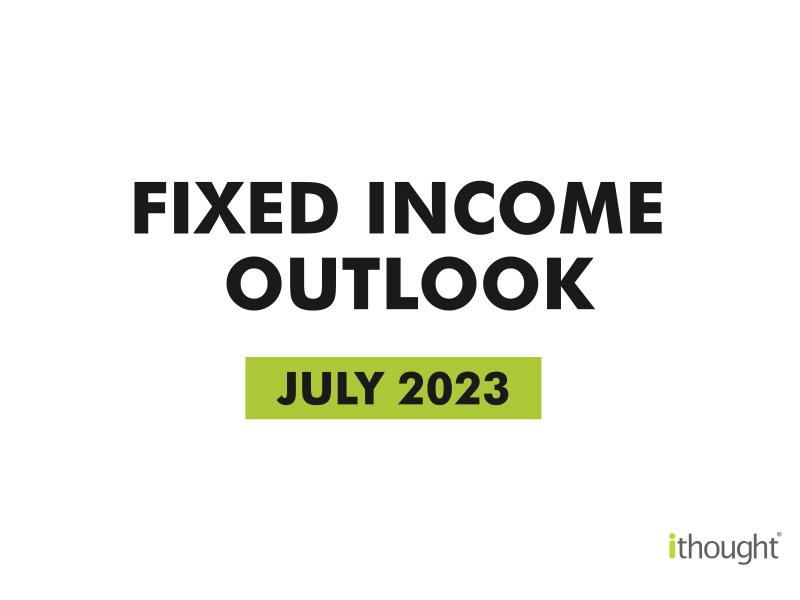
This month’s outlook explores why 2023 is a year for fixed income and how opportunities change every cycle. As a bonus, we’re also sharing a framework for product selection. Talk to your investment adviser today to prioritise safe investments.
The Market Cycle
The nature of fixed-income returns often trips investors up. Most investors assume that only noncyclical assets deliver linear returns. One could not be further from the truth. Returns from fixed income are cyclical. Macros and interest rate cycles are key influencers.
Only some years are a good time to invest in fixed income. 2023 is one of those years.
Interest rates are high enough, and inflation-adjusted returns are positive. Decent growth combined with macroeconomic uncertainty is sure to delay rate cuts. Even from a multi-asset perspective, fixed income holds its ground.
This Time It’s Different
Every cycle throws up different opportunities. Let’s study the investment opportunities from the last seven years. 2016 and 2017 were lacklustre years for fixed-income investing. 2018 was the opportunity of a lifetime. Even the best companies paid hefty borrowing costs during the NBFC crisis. So, the highest quality investments offered even better returns at the same level of risk. 2019 was a different story. Spreads were wider, allowing investors to cash in on duration calls. For a brief period in 2020, credit became attractive. As interest rates trended downwards and fixed income became unattractive. So, 2021 and 2022 were not lucrative years for fixed income.
It’s often too late before investors realise that this cycle is different. In new market cycles, old ideas tend to fail. For example, duration strategies worked in 2019. Today, investors are ignoring the risks. The yield curve is unusually flat. Normalising requires long-term rates to rise and short-term ones to fall. While long-term rates remained steady with every rate hike, short-term rates kept pace. Mean reversion requires short-term rates to fall and long-term rates to rise. The risk story goes beyond interest rates. Investors must assess where we are with respect to peak interest rates. They must question whether Indian interest rates can decouple from global ones. And they must think about how bond supply and demand dynamics will play out in the near term.
Investing At Index Highs
With the Nifty crossing 19500, Indian markets have reached new all-time highs. Rethinking and reorienting investment strategies at new index highs is prudent. Fixed-income investing works for both conservative and aggressive investors at market highs. Fixed income protects conservative investors from potential losses and market volatility. It also enables aggressive investors to make thrifty investments when the market dips.
A Framework for Allocating Into Fixed Income
All the elements point towards a good year for fixed-income investing. Product selection forms the core of wealth creation. When it comes to fixed income, prioritise your objectives above return expectations. Here’s a quick framework for product selection:
| Product | Returns | Liquidity | Investment Horizon | Cash Flow |
| Mutual Funds | Market Linked | Liquid | Flexible | None |
| Bonds / Non-Convertible Debentures | High Yield | Depends on Secondary Market | Varies with maturity | Regular Interest |
| Fixed Deposits (Corporate/ Bank) | Fixed | Locked-In | Pre-fixed | Regular Interest or Compounded Returns |